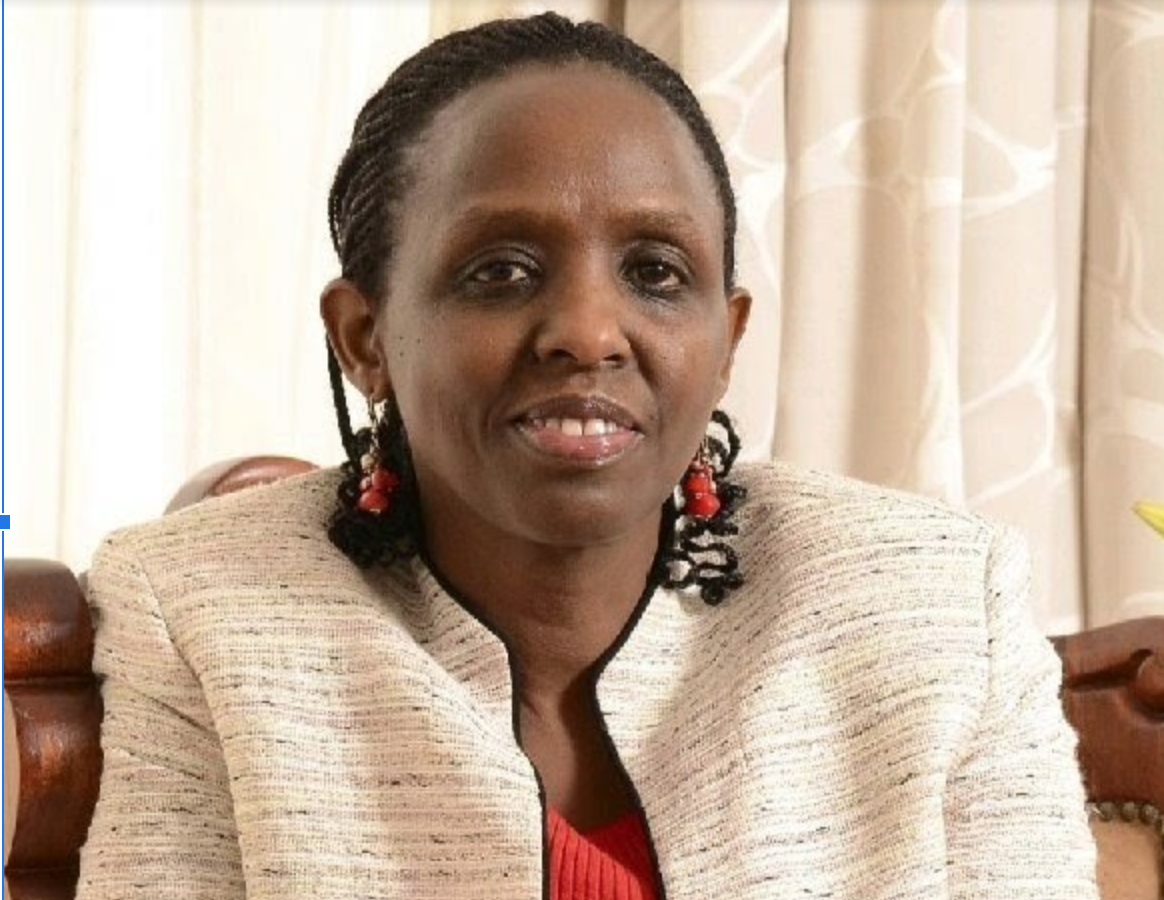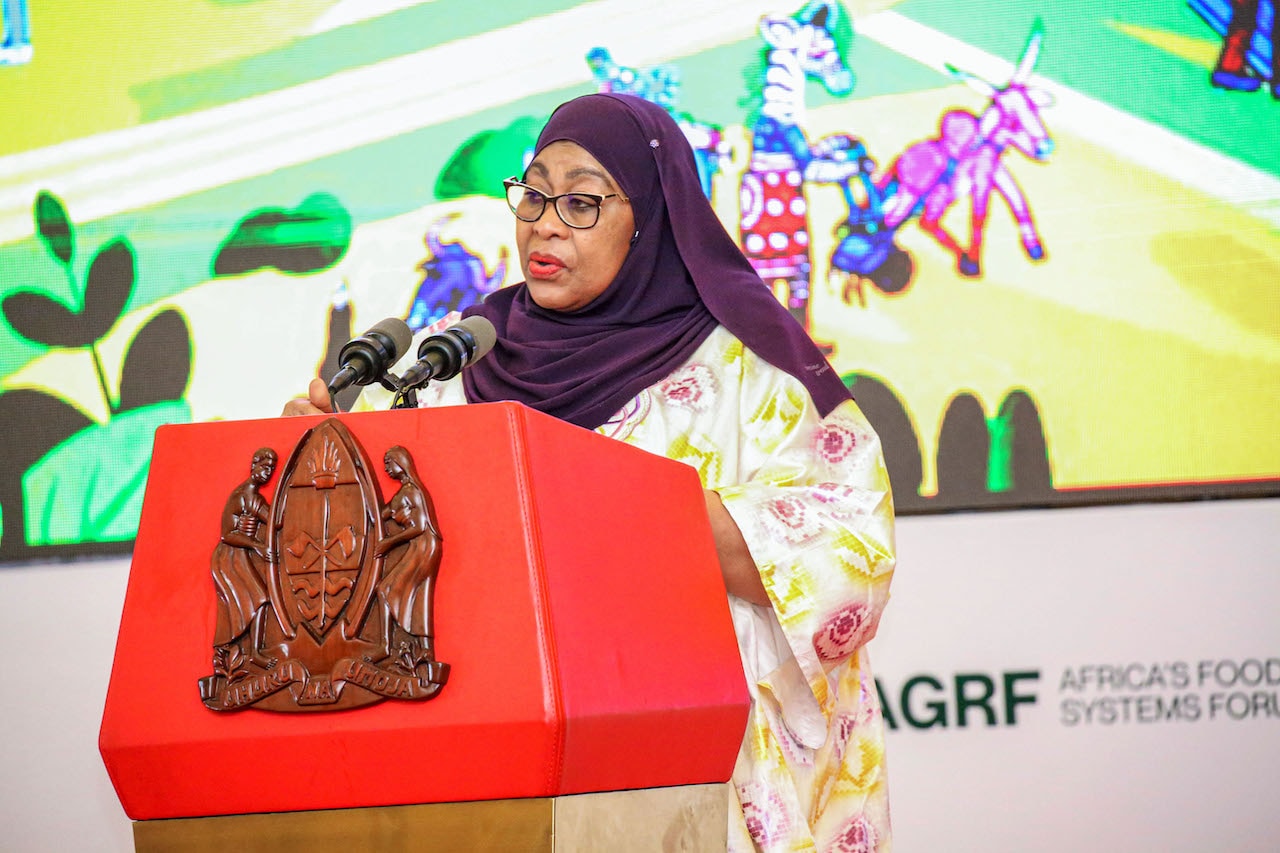Only 15% of countries in Paris Climate Agreement commit to action on soil carbon in NDCs, new analysis finds
August 27, 2021

Only 15% of countries in Paris Climate Agreement commit to action on soil carbon in Nationally Determined Contributions (NDCs), according to new analysis by the CGIAR Research Program on Climate Change, Agriculture and Food Security (CCAFS).
As countries finalize their 2021 pledges to the Paris Agreement, the CCAFS analysis shows a gap in ambition in past commitments on soil carbon. Despite soil carbon’s critical role in climate change mitigation and adaptation, only 28 of 184 countries referred to soil carbon, peatlands or wetlands, and only 14 explicitly mentioned soil carbon.
Soil carbon is the largest terrestrial pool of carbon globally and the world’s mineral soils have the potential to sequester 0.4-8.6 gigatons of CO2eq, which can reduce annual land use emissions by 3% to 71%.
The 2015 Paris Agreement established NDCs as a mechanism for countries to set ambitious, voluntary mitigation commitments and priority actions for adaptation.
Half of the total global soil carbon in the top 30cm of soil is held by only five countries: Russia, Canada, USA, China and Brazil. Yet only China and Canada included soil carbon in the first round of pledges.
Countries that did not include soil carbon in their NDCs explained that they did not prioritize climate change mitigation in this sector, lacked capacity to accurately measure changes in soil carbon or could not provide farmers sufficient incentives to store soil carbon.
“Some countries with high carbon sequestration potential, such as Brazil and the USA, have robust national policies and programs to support soil carbon sequestration, despite not mentioning soil carbon in their NDCs” said Liesl Wiese, lead author of the report.
“The first round of NDCs was not a good indicator of countries’ interest or commitment to soil carbon action” Wiese added.
Lini Wollenberg, CCAFS Low-Emissions Flagship Leader and co-author of the report, said:
“Including soil carbon targets in the NDCs can make it easier to track SOC policy progress, as well as leverage soil carbon-related climate finance, technical support, and capacity building.”
To support improved transparency, clarity and ambition, the article’s findings provide guidance for improving ambition in current pledges.
A current CCAFS study to assess the 2021 NDCs, led by Arun Khatri-Chhetri and Sabrina Rose of CCAFS, reports that, as of August 2021, eight of the top ten countries with the highest soil carbon sequestration potentials have updated their NDCs, but only four referred to soil carbon.
Of the 112 new or updated NDCs, 16% (18 countries) refer to soil carbon in agricultural land, of which 10 are targeting SOC for the first time.
“There is still a huge gap between NDCs ambition and their potential” argues Verra‘s Viridiana Alcantara-Shivapatham, another co-author of the report.
Further information
‘Countries’ commitments to soil organic carbon in Nationally Determined Contributions‘ was led by the CGIAR Research Program on Climate Change, Agriculture and Food Security (CCAFS) and published on 27 August by Taylor & Francis.
For further information, please contact:
Sadie Shelton at Sadie.Shelton@uvm.edu (preferred) or +1-603-306-6220


